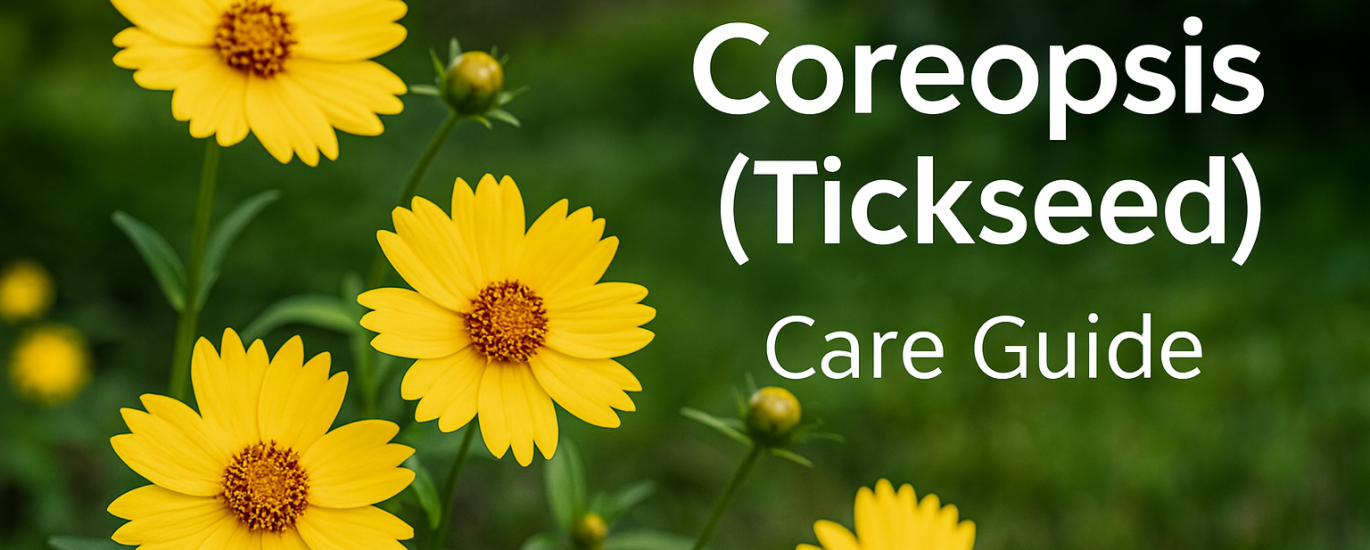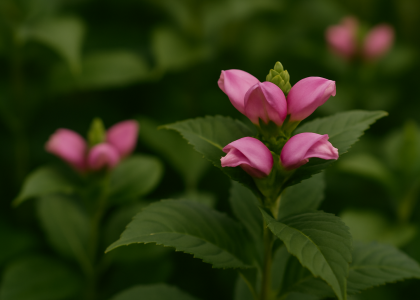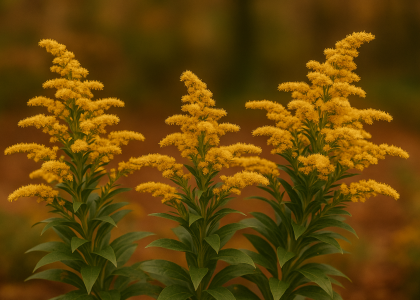Why Coreopsis Shines in Summer
When summer scorches your garden, Coreopsis keeps smiling. Also known as Tickseed, this hardy perennial thrives in heat, blooms continuously, and brings a cheerful glow to beds, borders, and containers. It's beloved by pollinators and beginner gardeners alike—thanks to its resilience and low-maintenance charm.
Quick Snapshot
| Feature | Details |
|---|---|
| Botanical Name | Coreopsis spp. |
| Common Name | Tickseed |
| Hardiness Zones | USDA 4–9 |
| Light Requirement | Full sun (6+ hrs/day) |
| Bloom Time | Early summer to fall |
| Soil Preference | Well-draining, sandy or loamy soil |
| Height & Spread | 12–24 in tall, 18–36 in wide |
| Pollinator-Friendly | Yes—loved by bees and butterflies |
| Toxicity | Non-toxic to pets and humans |

1. Best Coreopsis Varieties to Grow
| Variety | Flower Color | Features |
|---|---|---|
| ‘Moonbeam’ | Pale yellow | Compact, soft fern-like foliage |
| ‘Zagreb’ | Bright golden | Drought-tolerant, early bloomer |
| ‘Red Satin’ | Wine-red | Long bloom time, upright habit |
| ‘Early Sunrise’ | Semi-double gold | Award-winning, compact |
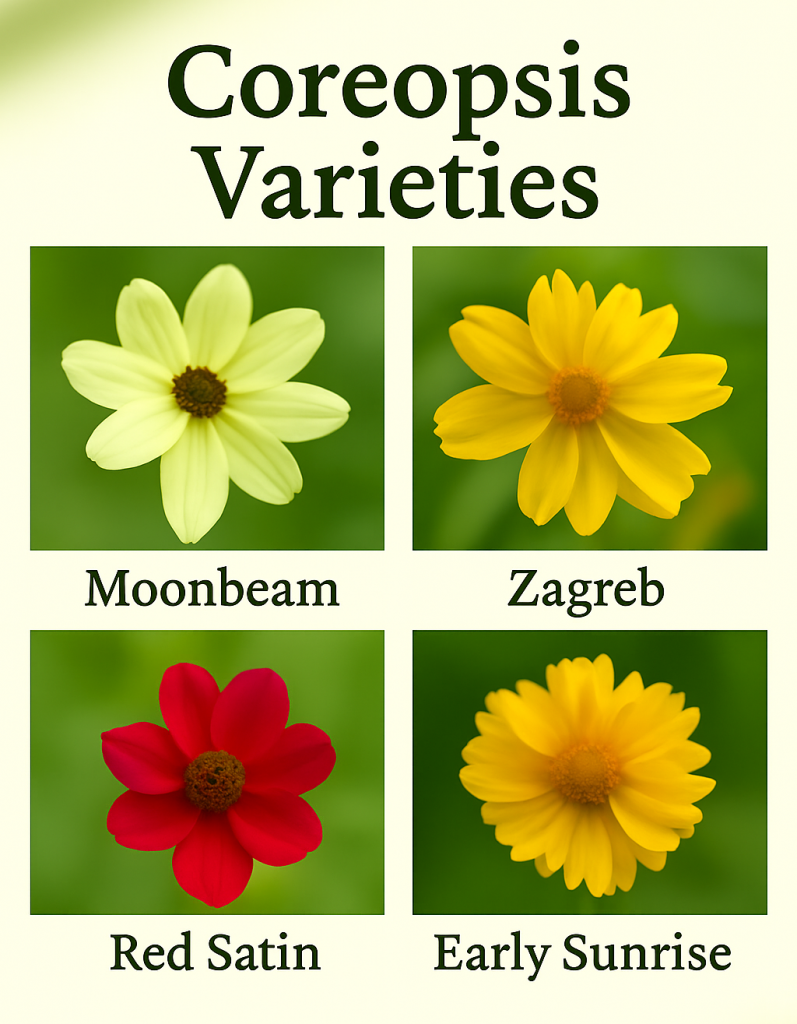
2. How to Grow Coreopsis Like a Pro
Sunlight:
Full sun is essential. Lack of sunlight leads to leggy growth and fewer blooms.
Soil:
Prefers sandy, well-draining soil. Avoid overly rich soil—it causes floppy stems.
Watering:
Water young plants regularly. Once established, Coreopsis is quite drought-tolerant.
Feeding:
Optional light feeding with balanced fertilizer in early spring.
Spacing Tip:
Leave 12–18 inches between plants for air circulation and healthy growth.
3. Maintenance Tips: Deadheading = More Blooms
- Regularly deadhead faded flowers to encourage reblooming.
- In late fall, you may shear plants down to a few inches for overwintering.
- Divide clumps every 3–4 years to maintain vigor.
4. Wildlife Benefits: A Pollinator Playground
Coreopsis is a magnet for bees, butterflies, and hoverflies. Its nectar-rich blooms provide essential forage during peak pollination seasons.
“Planting Coreopsis is like sending out a brunch invitation to every pollinator in your zip code.”
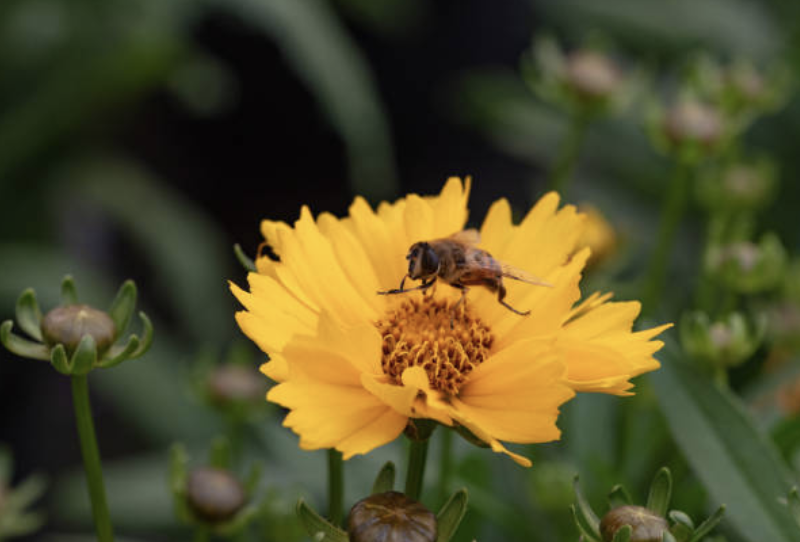
5. Who Is Coreopsis Perfect For?
✅ Busy gardeners needing low-maintenance beauty
✅ Drought-prone regions or xeriscape designs
✅ Families with pets and kids—non-toxic choice
✅ Anyone building a pollinator garden
✅ Cottage or prairie-style aesthetics lovers
6. Garden Design Inspiration
Pair Coreopsis with:
- Lavender or Russian Sage for a soft pastel contrast
- Gaillardia or Zinnias for fiery, long-lasting color
- Native ornamental grasses for motion and texture
- Echinacea (Coneflower) for a durable pollinator combo
7. Common Issues & Easy Fixes
| Issue | Cause | Solution |
|---|---|---|
| Floppy stems | Too much shade or rich soil | Provide sun, reduce feeding |
| Mildew on leaves | Poor air circulation | Space properly, prune if crowded |
| Few blooms | Lack of deadheading | Cut back spent blooms regularly |
Download: Printable Tickseed Care Guide
[Download PDF Care Card] – Includes checklist, bloom timeline, and pairing tips. Ideal for print-and-stick in your garden journal or seed drawer!
Related Reads
- [7 Heat-Loving Plants That Thrive in Summer Scorch]
- [Gaillardia (Blanket Flower): A Fiery Burst of Color for Your Summer Garden]
- [Celosia: Grow Flaming Feathers in Summer Heat]
Join the Greenmuse Movement
Love heat-proof, bee-friendly gardens?
Sign up at Greenmuse.io for weekly growing tips, printable downloads, and feel-good gardening.
✨ “Grow beauty, one bloom at a time.”

